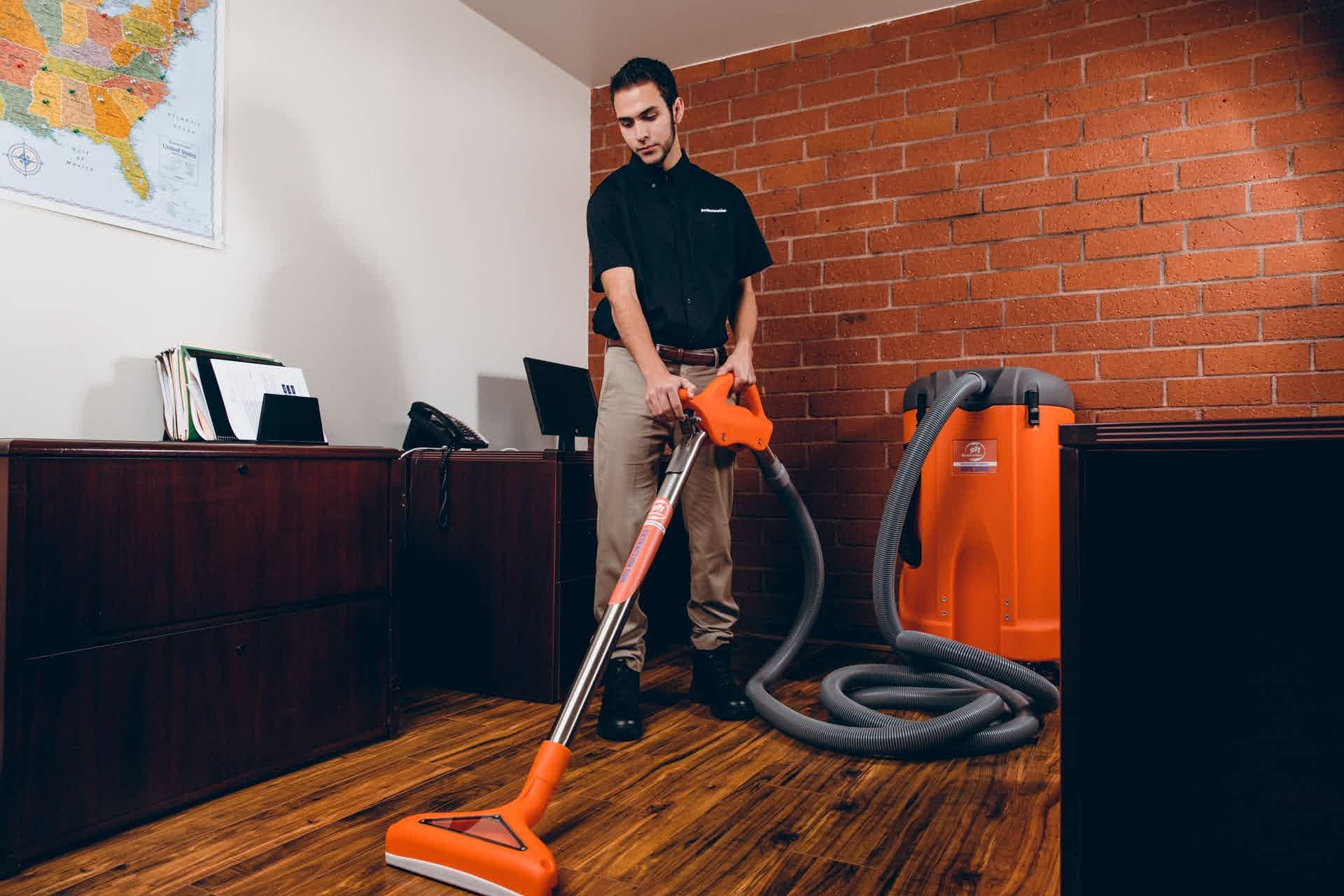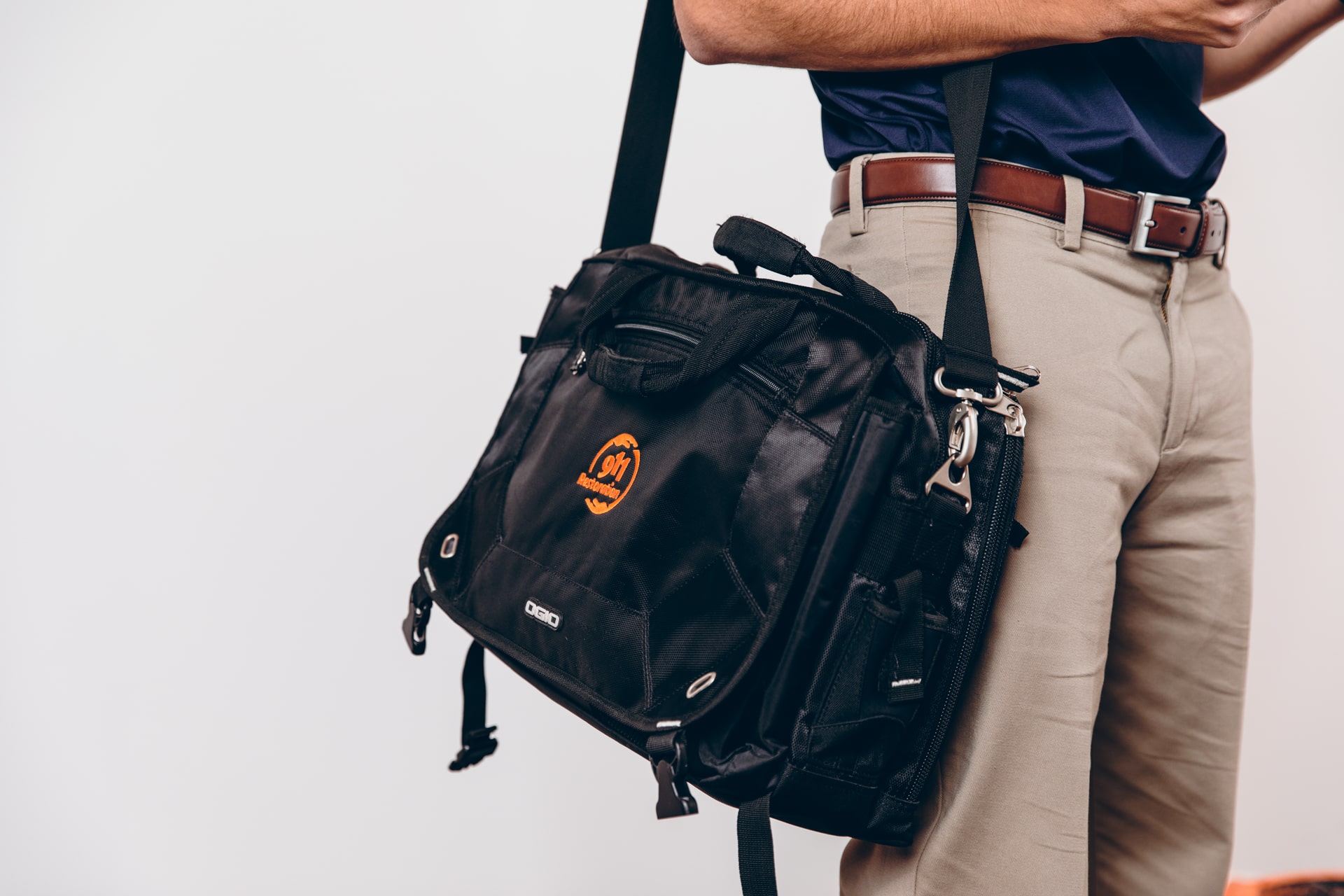Mold growth can be a problem in your house if you don’t know the difference between porous or non-porous materials. Non-porous materials can be a breeding ground for mold, while porous materials can allow it to grow through them.
While not all molds can be toxic, it’s impossible to know which ones are without testing in a laboratory. Mold can grow indoors or outdoors, providing moisture, light and organic food sources. Mold reproduces by producing microscopic, air-moving spores. You need to be able to remediate mold on different surfaces.
Non-porous Surfaces
The most common non porous materials you can use in your home are ceramic tile, metal sinks and glass. Non-porous materials are those that can’t be accessed by liquids or air. Non-porous materials are impervious to mold growth. What should you do to clean mold from these non-porous surfaces
- 1. To remove as much visible mold as possible, use a HEPA-rated vacuum.
- 2. Use a spray bottle to apply water-and-detergent solutions to the affected area. This will prevent mold spores and other mold growth from spreading.
- 3. To scrub the surface, use vinegar. Let the vinegar sit on the surface.
- 4. Cleanse the surface thoroughly with warm water. Dry it completely.
Porous Surfaces
It is almost impossible to remove mold from porous materials. Porous materials include wallpaper, drywall, and carpeting. Wood can also be considered a porous surface. It is best to throw out porous materials that have been contaminated with mold. It is only in rare cases of fine art and textiles that it would be worthwhile to remove mold contamination. Remediating mold from porous materials is not an easy task.
- Use 6-mil plastic to create containment. This will isolate mold-affected areas from the rest. If the mold covers less than 10 square feet, you can cover it with plastic and seal it with duct tape. You can then cut out the mold and bag it for disposal.
- Before removing moldy materials from an area, it is important to bag them.
- After the contaminated material has been removed, vacuum using a HEPA-rated vacuum
- Use a detergent solution to clean the area. Dry the rest of the materials.
- After 24 hours, repeat the vacuuming and wiping process.
Make sure the area is completely dry before you replace any items that have been removed. Reconstruction will not be successful if moisture remains.
Mold remediation precautions
No matter if the surface is porous, or not, you should take the following precautions. This is vital for your health!
- Use respiratory protection – an N95 particulate respirator is ideal.
- Be sure to wear clothes that are washable or can be thrown away.
- Use latex gloves and protect your eyes.
- Do not mix ammonia and bleach, as it can create toxic gasses.
- Use a HEPA air cleaner in any enclosed area or room.


